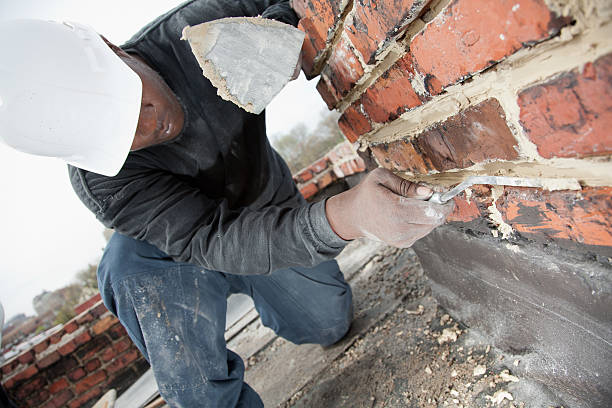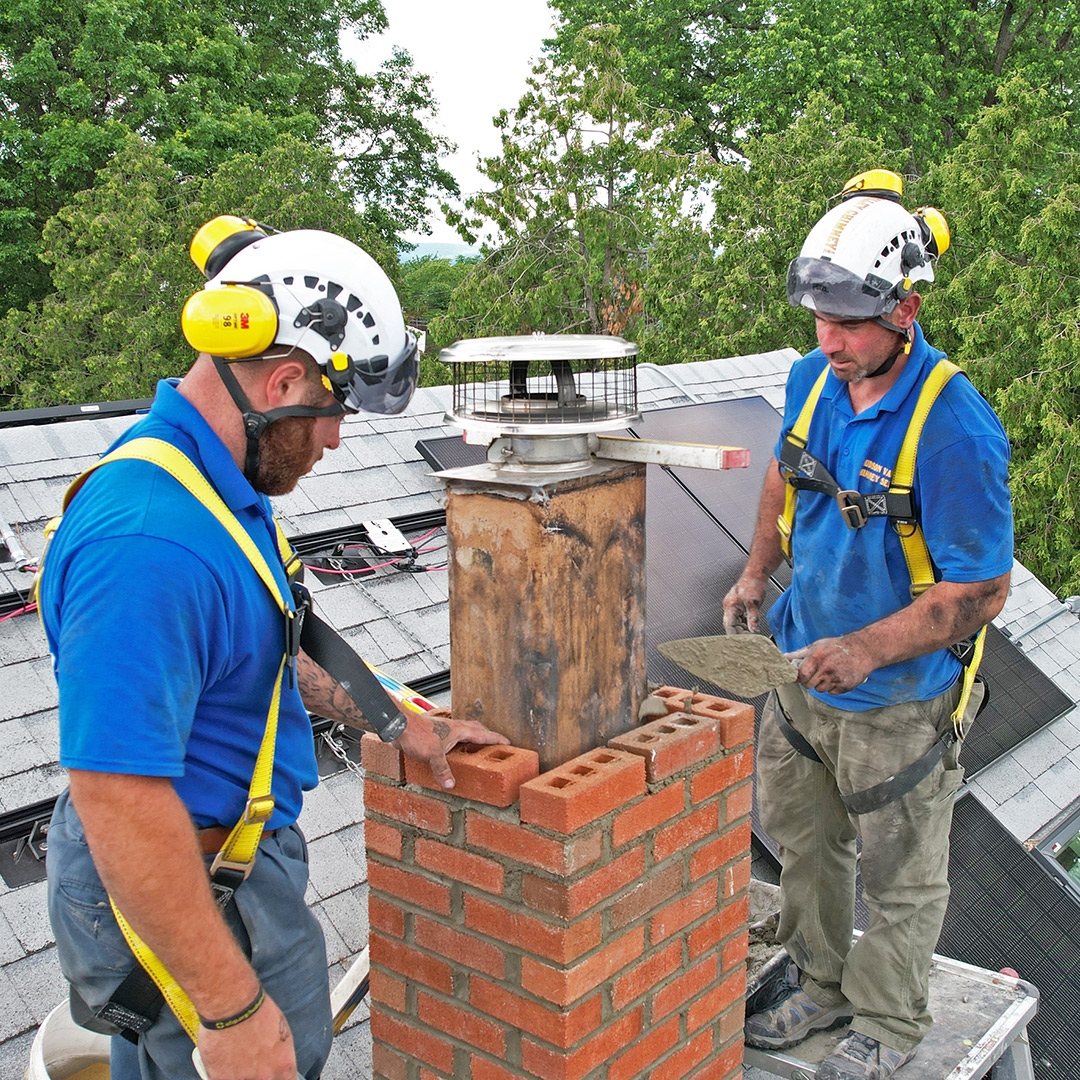Unlocking the Secrets of Sustainable Stonework Building And Construction Practices for Eco-Friendly Structures
Amongst the myriad approaches to green building, lasting masonry construction stands out as a tried and true and sturdy method that holds a riches of untapped capacity. From the selection of products to innovative construction strategies, the secrets to achieving sustainability within masonry building and construction are multifaceted and appealing.
Advantages of Lasting Masonry Construction
Accepting sustainable stonework building and construction practices not only reduces ecological influence but additionally uses long-lasting financial advantages to building contractors and communities. By using materials like recycled blocks, obstructs, and stones, building contractors can significantly lower the carbon impact of their projects while promoting source efficiency. Additionally, sustainable masonry building techniques, such as correct insulation and thermal mass properties, can improve power efficiency within structures, causing reduced functional costs gradually.
In addition, the sturdiness and resilience of masonry structures add to long-term financial benefits. Buildings built making use of sustainable stonework methods commonly call for much less upkeep and repair work, converting to cost savings for home builders and building owners. The durability of stonework materials likewise makes sure that frameworks remain steady and secure, minimizing the demand for regular remodellings or replacements.
Eco-Friendly Masonry Materials
Using eco-friendly masonry materials is a crucial action in the direction of enhancing the sustainability of building techniques and lessening ecological influence while optimizing long-term economic advantages. Lasting stonework products are sourced, created, and made use of in a fashion that reduces general environmental effect. Products such as recycled bricks, reclaimed stone, and sustainable cinder block are becoming increasingly popular selections for eco-conscious builders. Recycled bricks, for example, not just draw away waste from garbage dumps yet likewise call for less energy to produce contrasted to brand-new blocks. Reclaimed rock supplies a special visual charm while lowering the need for brand-new quarrying. Sustainable concrete obstructs include recycled aggregates and might feature better insulation properties, adding to energy efficiency in structures.
Moreover, all-natural materials like adobe, rammed planet, and straw bales provide superb thermal mass residential properties, decreasing the requirement for heating and cooling power. These materials are frequently in your area offered, promoting regional economies and minimizing transportation-related carbon emissions. By choosing green masonry products, building and construction projects can dramatically decrease their ecological footprint and add to the development of much healthier, more sustainable constructed atmospheres.
Energy-Efficient Stonework Methods
Energy efficiency plays a critical duty in boosting the sustainability of stonework building methods. By applying energy-efficient masonry strategies, builders can substantially lower the overall energy intake of a structure, leading to lower functional costs and a smaller environmental footprint. One essential energy-efficient masonry technique is using thermal mass, which involves incorporating thick products like concrete or block right into the structure's structure to absorb and save warm. This helps manage interior temperatures, minimizing the demand for mechanical heating and cooling down systems.

Advancements in Lasting Stonework
Current developments in lasting masonry methods have actually brought about ingenious methods that are reshaping the building industry. One such advancement is the growth of self-healing concrete, which makes use of germs installed within the concrete to heal cracks autonomously. This development official source not just lowers upkeep costs however also improves the toughness of masonry frameworks, adding to their sustainability.
One more noteworthy technology is making use of recycled aggregates in stonework construction - masonry contractor. By integrating materials such as smashed ceramic waste or recycled glass into concrete mixes, builders can minimize the ecological impact of building tasks while maintaining structural stability. This technique not just draws away waste from landfills but additionally conserves natural sources, making it a crucial innovation in sustainable masonry building
Additionally, the combination of digital layout tools, such as Building Information Modeling (BIM), is transforming the way stonework frameworks are prepared and constructed. BIM permits for even more exact estimations, lowered material waste, and enhanced power performance, inevitably leading to more lasting building practices. These developments jointly symbolize an appealing future for sustainable stonework construction in the period of environment-friendly structures.
Future Trends in Stonework Sustainability
With the cutting-edge strides made in lasting masonry methods, the future trends in stonework sustainability are positioned to additional change the construction industry. One of the essential fads forming the future of stonework sustainability is the boosted combination of innovation. Improvements such as Building Details Modeling (BIM) and online fact simulations are being used to optimize stonework building processes, resulting in minimized material waste and enhanced energy efficiency in structures.
Moreover, the advancement of unique lasting materials is readied to play a significant role in improving the eco-friendliness of stonework building and construction. masonry contractor. experience concrete design Technologies like self-healing concrete, recycled accumulations, and bio-based binders are acquiring traction for their capacity to lessen environmental influence while maintaining structural stability

Conclusion
In conclusion, lasting stonework building methods supply many benefits for eco-friendly structures. masonry contractor. Technologies in lasting masonry are continuously being created to even more boost the ecological performance of structures.